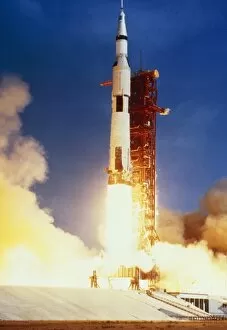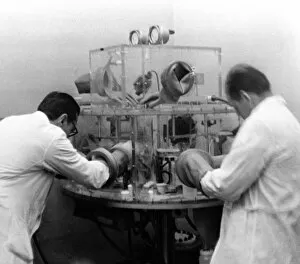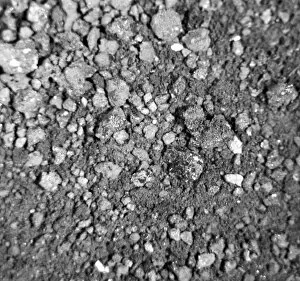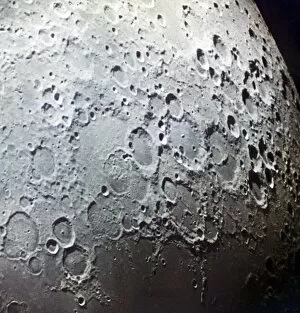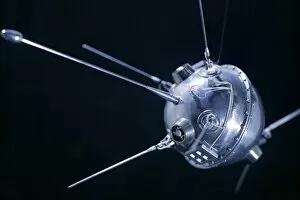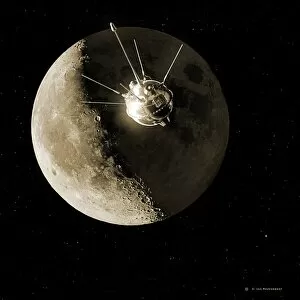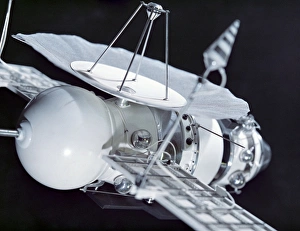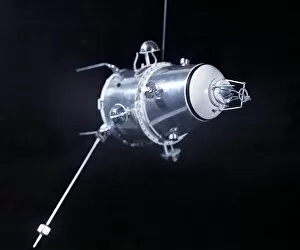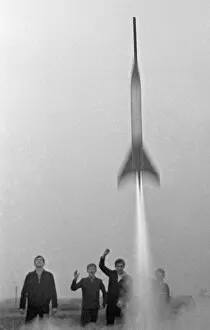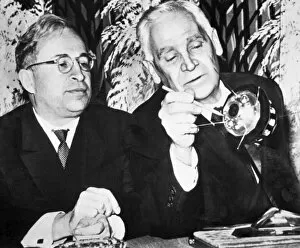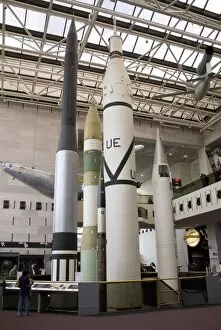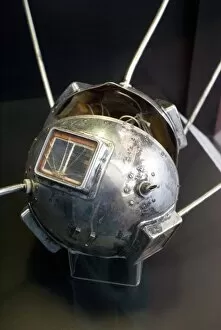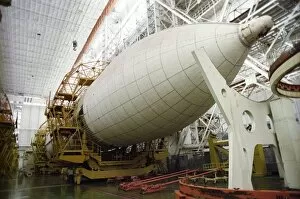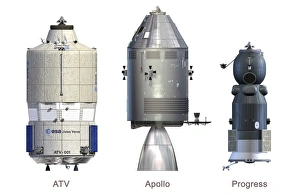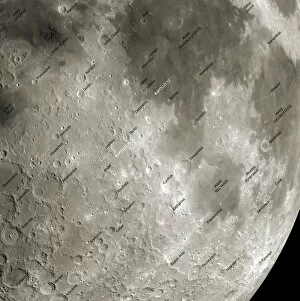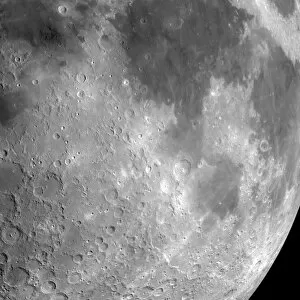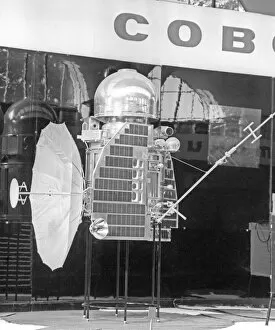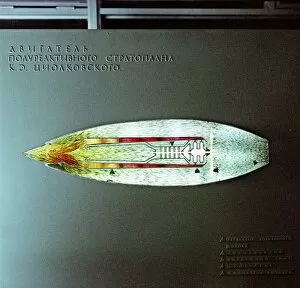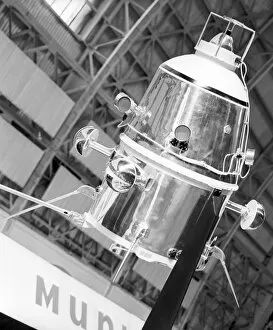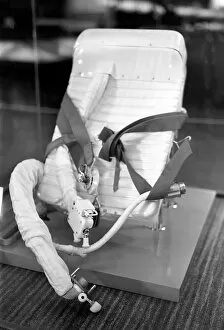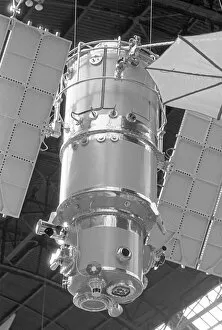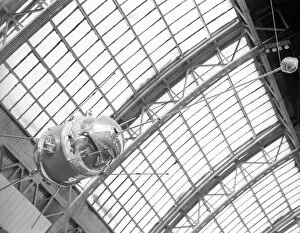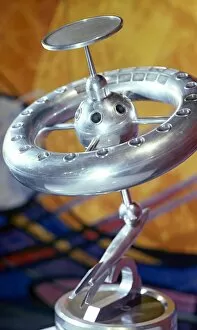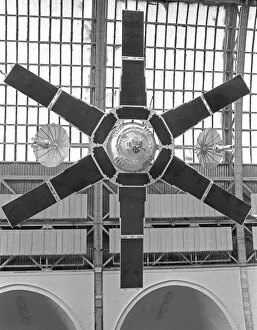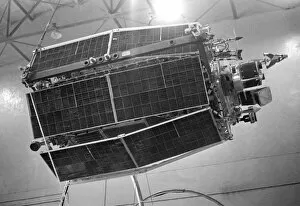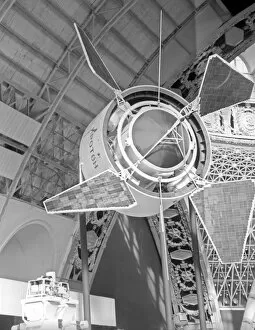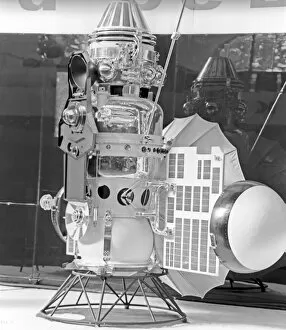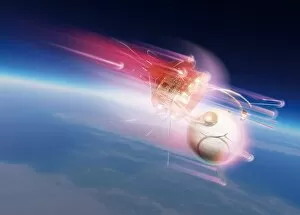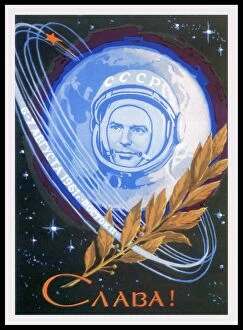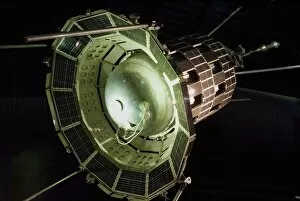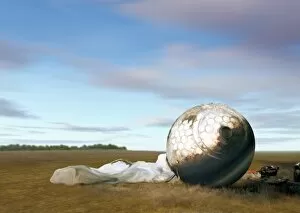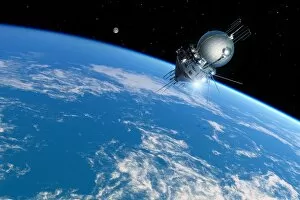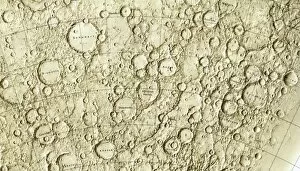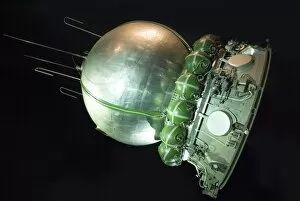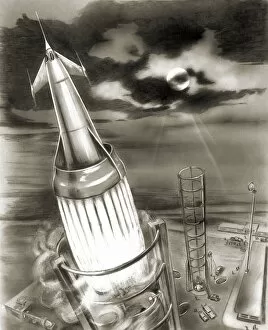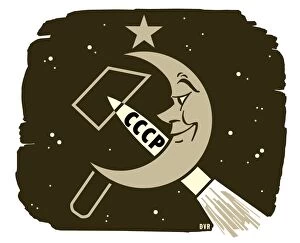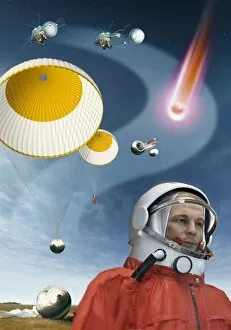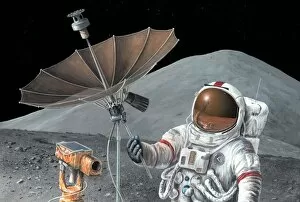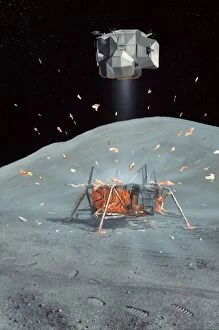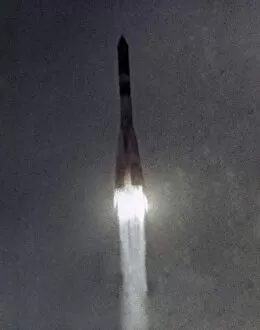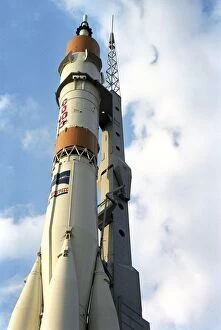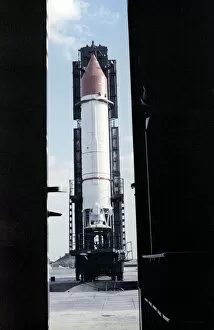Space Race Collection (page 8)
"Space Race: A Journey Beyond Boundaries" Embarking on a celestial quest, humanity's fascination with the unknown ignited an era of unprecedented exploration
All Professionally Made to Order for Quick Shipping
"Space Race: A Journey Beyond Boundaries" Embarking on a celestial quest, humanity's fascination with the unknown ignited an era of unprecedented exploration. Earthrise over Moon, captured by Apollo 8, forever changed our perspective as we witnessed our home suspended in the vastness of space. In this captivating race to conquer the cosmos, even Laika, the brave space dog, left her pawprint on history through a postcard from beyond. As Earthrise was photographed again from Apollo 11 spacecraft, mankind took its first steps towards another world. The iconic astronaut footprint on the lunar surface marked not only a giant leap for mankind but also symbolized our indomitable spirit and unwavering determination. From Apollo 17 to countless missions afterward, astronauts continued leaving their mark upon the Moon's dusty terrain. Gazing back at Earth from this alien landscape evoked profound awe and sparked newfound appreciation for our fragile blue planet amidst an endless void. Alexei Leonov's pioneering spacewalk in 1965 further pushed boundaries as he floated freely outside his spacecraft. Gemini 7 gracefully orbited above us while Valentina Tereshkova became a trailblazer as she soared into orbit aboard Vostok Yuri Gagarin's historic journey encapsulated human courage and resilience as he ventured into uncharted territories. The Space Race propelled humanity forward like never before – it united nations under shared aspirations and fueled scientific advancements that continue shaping our lives today. It was more than just a competition; it represented humanity's relentless pursuit of knowledge and discovery. As we reflect upon these milestones etched in time, let us remember that beyond national rivalries lay dreams woven together by stardust – dreams that still inspire generations to reach for the stars and explore what lies beyond our earthly confines.

